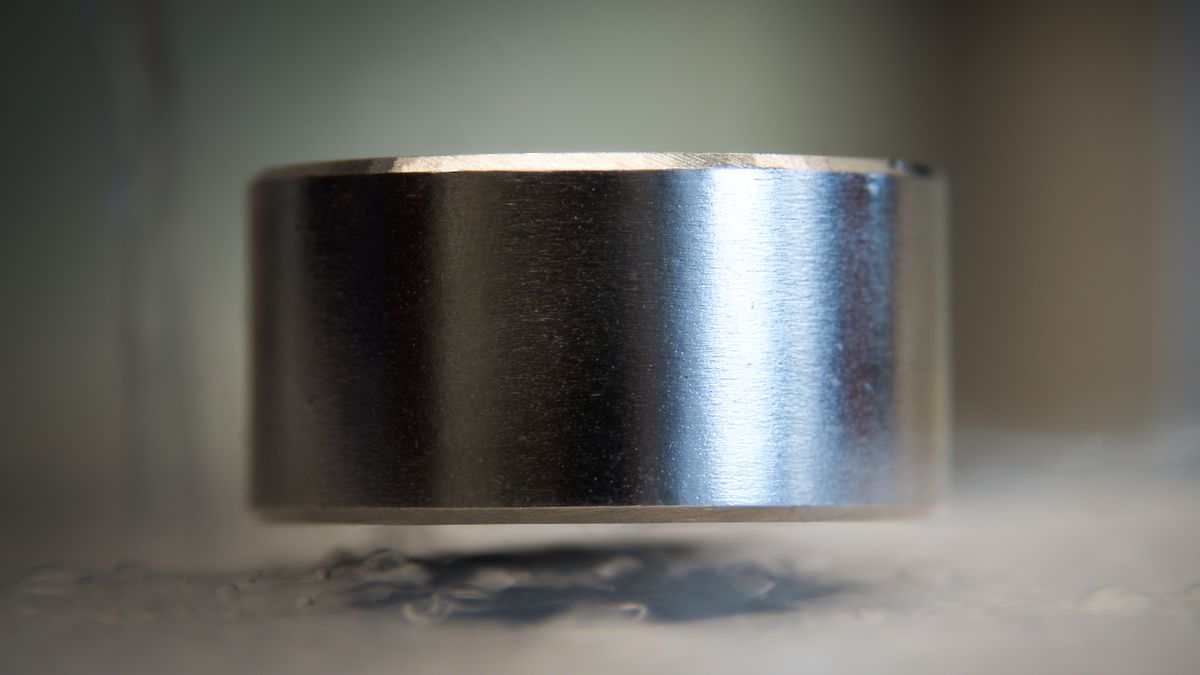This is really just pathetic on behalf of the Beijing author.
I still holdout hope that LK-99 may have some interesting properties… But this? This is pathetic.
China is doing a Speedrun in destroying their reputation. Began with COVID, then market confidence, now this (of course this isn’t the first instance).
This is one person, not all of China.
How can we really know for sure? Maybe China is actually just one person moving really, really fast, wearing all sorts of different costumes.
That must be exhausting, no wonder they had trouble making a room temperature superconductor.
The man, the legend, John China
John Sino.
If it was Roger, he would have already renamed it to Bananarama.
I’m disappointed that it’s not TBF
deleted by creator
The one person is representative for all billion Chinese people of course
That man’s name, Xi Jinping
So did the US with Trump and Britain with Brexit. There’s lying everywhere.
Hate to add to the polarisation and noise, but just wanted to highlight that we’re all at it.
:-[
It’s almost like nation states are poor representations of the people who are forced to live under them.
Only if you’re a poor or are otherwise considered unimportant.
Right, so the vast majority of people then.
Pretty much. yeah.
“It makes no sense for Chinese researchers to be deliberately faking the replication of some unrelated Korean scientists’ supposed fraud (which makes no sense to be fraud in the first place). What could they possibly gain from it aside from the ruination of their own reputations as well?”
- U/FaceDeer@kbin.social
We should probably never underestimate some people’s addiction to clout.
Well, basically they get to say they synthesized it first, and the video is proof. While they may have understood it theoretically. So a big university could verify it publicly and then they could just lie and say “oh cool, see Stanford verified it as well, but I was/we were first”
This is the best summary I could come up with:
The original poster of one of the Billibilli videos circulating on the Internet and seemingly proving LK-99’s levitation ability has come forward, and admitted his clip was a hoax.
The video in question is allegedly from the University of Science and Technology in Beijing and purports to show a small black substance floating in the air as it follows a magnet.
Whenever a claim as momentous and potentially civilization-changing such as “we’ve found the world’s first room-temperature superconductor” is made, noise is bound to follow.
But even focusing on the hard science (which we want to be clear, replicable, and truthful) and moving on to the boundaries of peer-review scientific process, it becomes difficult to deal with the noise.
Neither the cooking time (how long at what temperatures the mixtures have to stay within a vacuum oven for LK-99 to be synthesized and whether there’s thermal variation at any moment) nor the quench rate (the same, but when it needs to cool down) are, however, well-documented.
The video poster ultimately claimed that the experience of being a part of the noise had changed him, and that he’d be more cautious with his actions and words in the future.
I’m a bot and I’m open source!
deleted by creator
Is it just the Beijing one that’s bull hockey or is the whole material itself bologna?
It’s all bologna. Recent developments point to LK-99 being a ferromagnetic semiconductor, not a superconductor.
So far, definitively, just the Beijing video. No one’s made that much of LK-99. So far, best I can tell, there’s a few small flakes here and there that seem to have the correct atomic configuration. Whether that specific material is actually a superconductor is also, to my knowledge, up in the air. But, it is still a possibility.
From everything I’ve been reading, it’s supposed to take longer to say for sure there’s definitely not any room temperature superconductor here. Whereas, an easy positive outcome could have been shown much more quickly. There’s supposed to still be a narrow path for a very specific atomic configuration to pass the tests, and until that has for sure been tested one way or the other, and the atomic configuration confirmed, it’s undecided.
Well here’s hoping, it’ll be a huge win for humanity if it works out and is, indeed replicable at any kind of scale. We haven’t had very many winds as a species recently, so any victory would be great.
Whether that specific material is actually a superconductor is also, to my knowledge, up in the air.
This fake attempt most certainly isn’t up in the air
The chances of "small flakes"being aligned in the order the original authors claim are needed to make the material super conductive, is 0. If the orientation of atoms is as important as it needs to be to have this revolutionary new super conducting method, you’re going to have it a few atoms thick at a time, not small flakes. Especially when the fabrication details are as loosely detailed as they were.
Unknown, wait for more results, they’ll have proper results in a few weeks.









